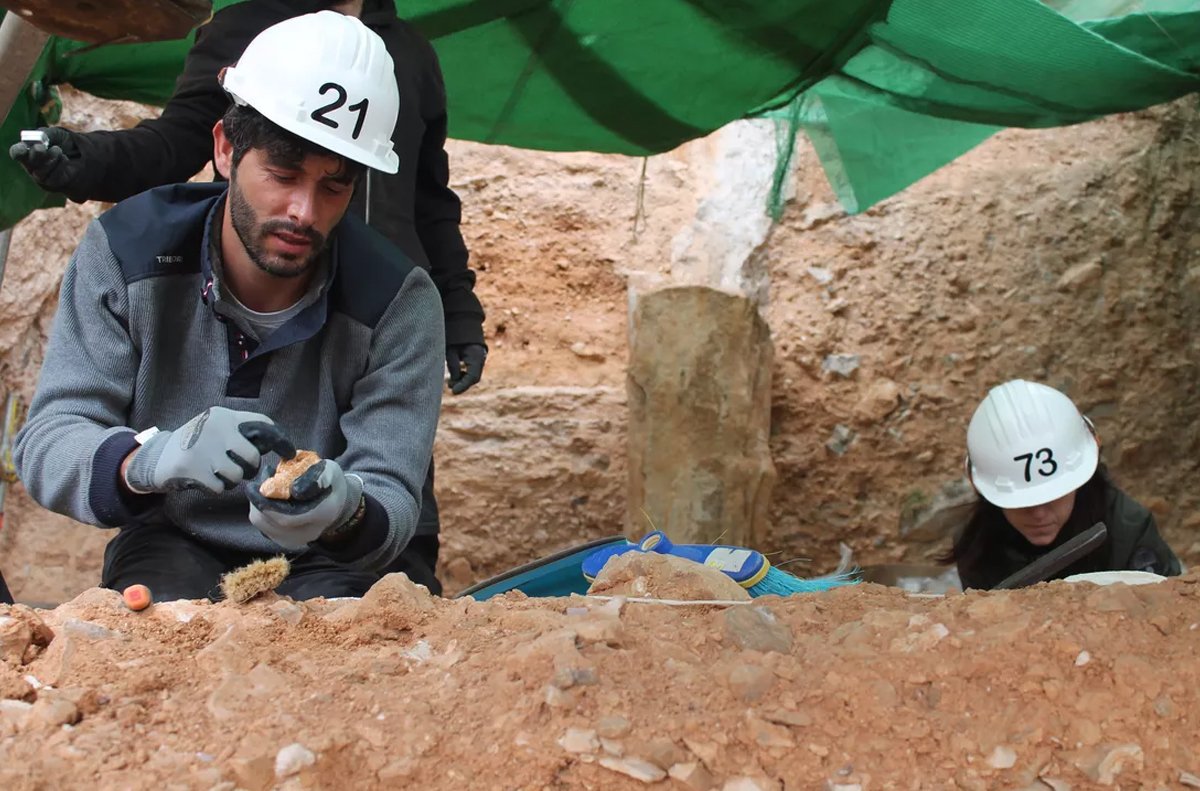A study of the Quibas site in Murcia, Spain, has revealed new data to suggest that one million years ago there was a succession of climatic changes in Europe.
The Quibas site, located in Sierra de Quibas, was discovered in 1994 after a group of walkers stumbled across a collection of fossilised bones in a quarry.
The site is an ancient cave filled with sediment rich in vertebrate and invertebrate fossils that includes large mammals such as: goats, musk oxen, bison, horses, fallow deer, porcupines, macaques, wild boars, rhinoceroses, badgers, and ancestors of the African wild dogs.
The results of the study, presented in the magazine Quaternary International, suggests that between 1,100,000 and 900,000 years ago, there was a continuous succession of up to six climatic changes.
According to the researchers, this presents the first example of climatic alternation recorded in Europe for this period, which is the prelude to the intense glacial phases of the mid-Pleistocene.
The study analysed the mineralogical composition of the sediments within the site to identify and differentiate those strata that were deposited during arid glacial periods, revealing 4 wet episodes alternated with 3 arid ones from the MIS 33 phase to the MIS 27 phase.
One million years ago, these climatic changes were modulated by intervals of 40,000 years, the result of variations in the inclination of the Earth’s axis.
According to the researchers: “The levels in which fossil remains of fauna have appeared correspond to the interglacial MIS 31 and the glacial MIS 30. In fact, it has been possible to observe an important change in the fauna that appears at the different levels of Quibas due to this environmental change, which involved the progressive disappearance of forests.”
Header Image Credit : IPHES
Sources : IPHES | Laborda-López, C., Martí-Perea, D., Del Castell, E., Alias Linares, MA, Iannicelli, C., Pal, S., Rierol, X., Agustí, J., Piñero, P. 2024 . Sedimentological evolution of the Quibas site: High-resolution glacial/interglacial dynamics in a terrestrial pre-Garam to post-Garam sequence from southern Iberian Peninsula. Quaternary International . https://doi.org/10.1016/j.quaint.2024.02.015







